The Black Bee Killer, Mallophora atra (also known by the species name M. nigra), is a rarely seen member of the robber fly family. They are only found in Florida, with a single specimen sighted in North Carolina. Similar in structure to the more common Florida Bee Killer (M. bomboides), the black bee killer has an all-black abdomen and scutellum, as seen in the photo. There is some discussion as to if this is a separate species or a color variant of the more commonly seen Florida bee killer.
The black bee killer is quite similar in its life history to the other 2 bee killers found in Florida. They are large flies that are a great example of Batesian mimicry. Their bodies mimic bumblebees or carpenter bees and even make a buzzing sound when in flight! Batesian mimicry is when a harmless species evolves to have a similar appearance to another more dangerous species. In the case of M. atra, predators avoid eating bees due to the painful sting. This allows the flies to hunt in the open with less fear of being attacked themselves.
Other, more common Batesian mimics are the monarch butterfly and its mimics, the gulf fritillary, queen, and viceroy butterflies. In reptiles, you have the venomous coral snake, and its mimics the scarlet kingsnake and the scarlet snake. Southern and eastern hognose snakes resemble their more dangerous cousin, the pygmy rattlesnake.
The black bee killer inhabits open habitats where they perch on small branches and weed stalks, waiting for their prey to pass by. That prey includes primarily social bees such as honey bees, carpenter bees, bumblebees, and a few species of wasps. Honey bees seem to be a favorite food source due to their size and slower flight patterns. The female black killer bee lays eggs in the soil, but not much is known about the larval development of these robber flies. Other species of Mallophora larva have been known to parasitize on the larva of scarab beetles.





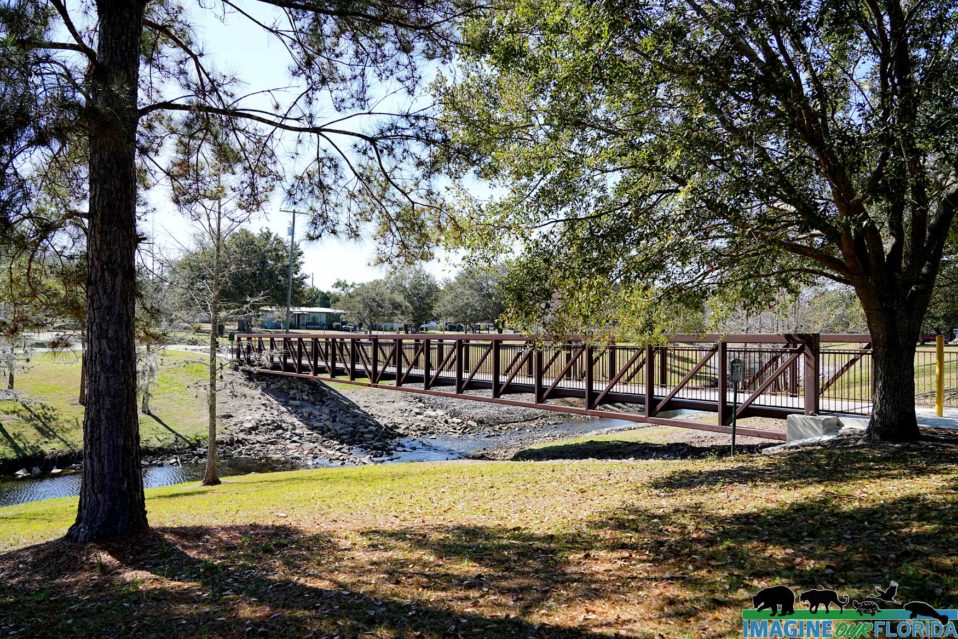






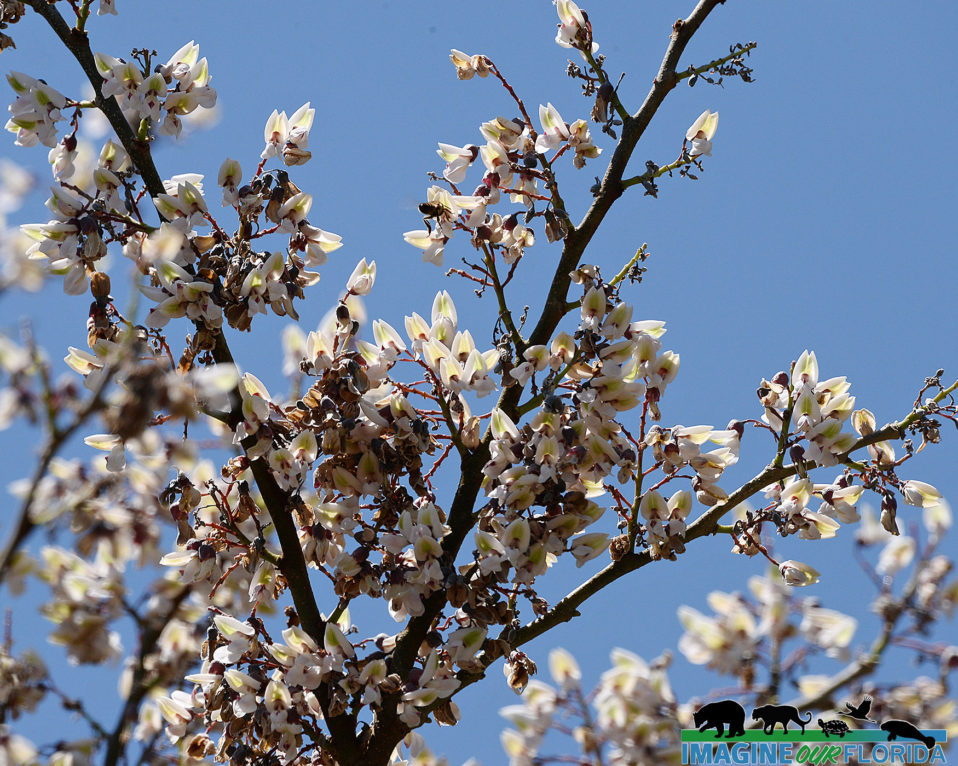








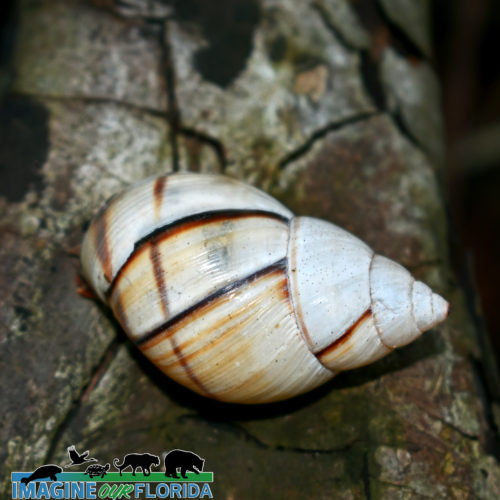















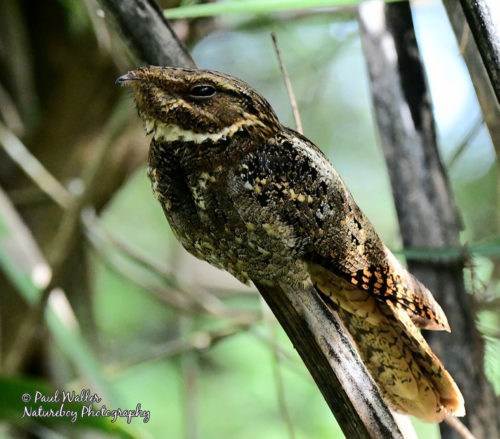




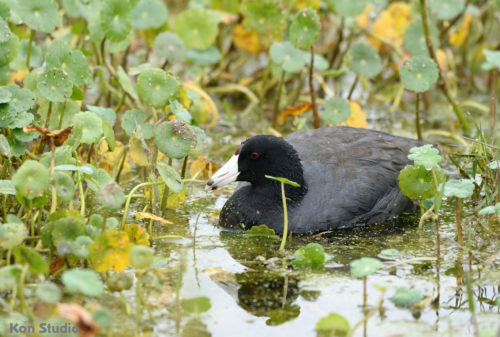
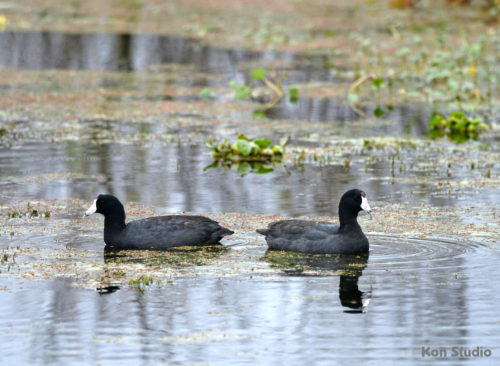

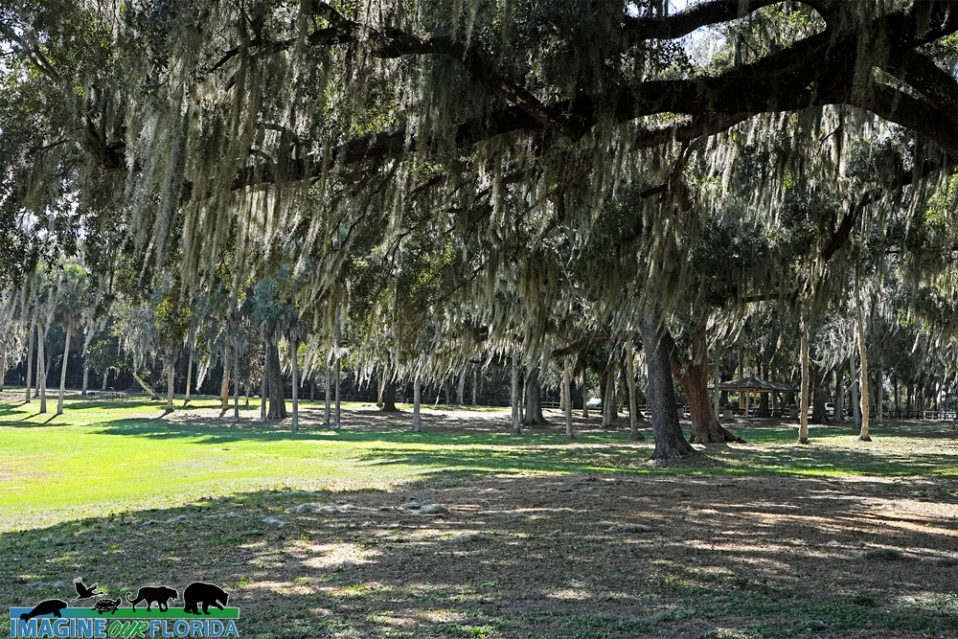



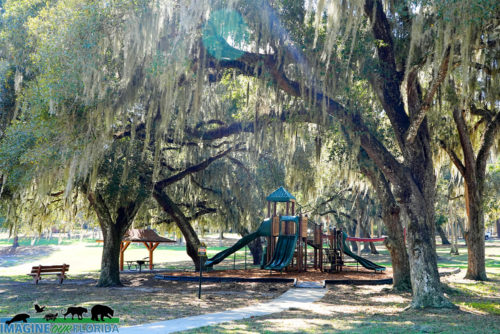


 m
m

 a
a










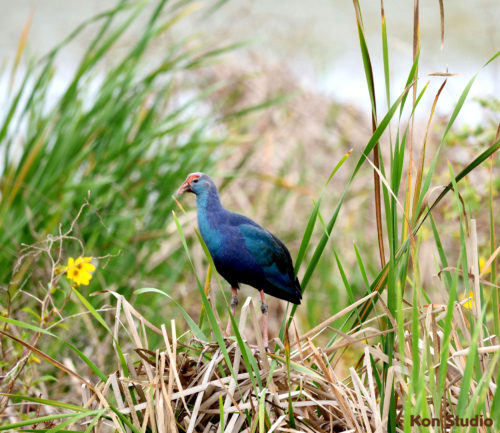







 i
i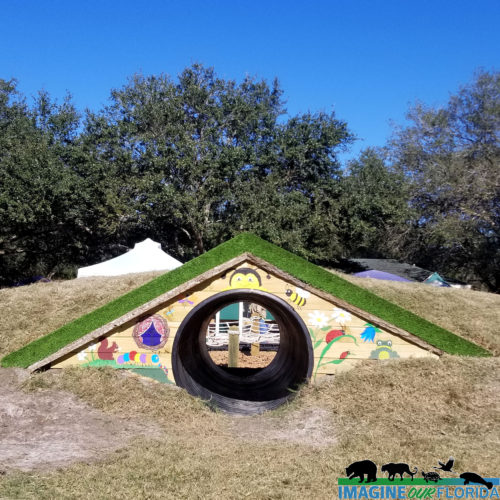




 iera
iera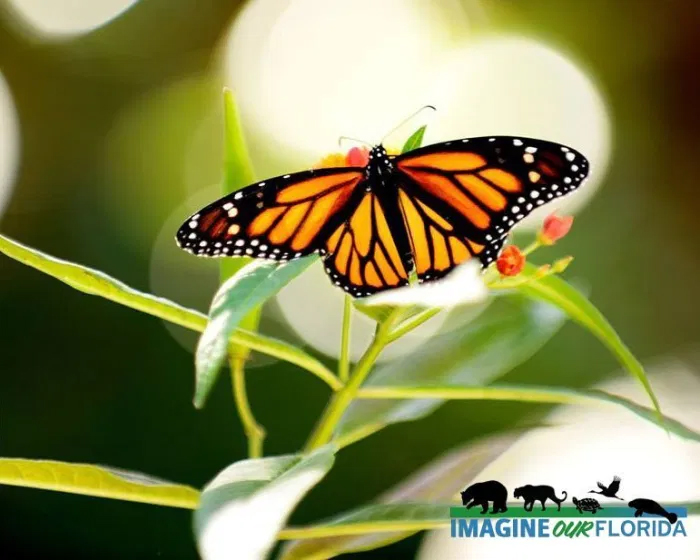

Recent Comments